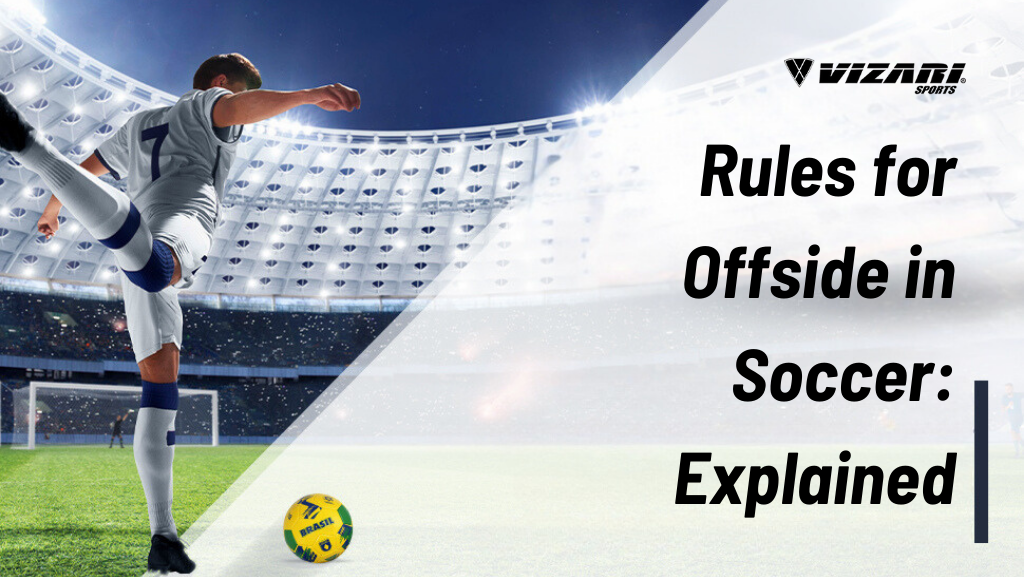
Mastering the Offside Rule in Football – Your Ultimate Guide

Introduction
The offside rule is one of the most important and sometimes misunderstood aspects of football. It plays a crucial role in shaping the flow of the game, enhancing fairness, and encouraging strategic play. Understanding the offside in football rules is essential for players, coaches, and fans alike to fully appreciate the game.
Understanding the Offside Rule
What is the Offside Rule?
The offside rule in football is designed to prevent players from gaining an unfair advantage by positioning themselves too close to the opposing goal. A player is considered offside if they are closer to the opponent’s goal line than both the ball and the second-to-last defender when the ball is passed to them. It's important to note that a player is only penalized for offside if they are actively involved in the play. Visual examples can help simplify this concept, showing the different positions on the field.
Why Does It Exist?
The offside rule was established to make the game fairer by discouraging the act of "goal-hanging" or positioning themselves near the goal waiting for an easy pass. This means more team-oriented play, strategy, and positioning. This encourages attacking players to work with their teammates rather than positioning themselves for an unearned advantage, hence bringing about tactical challenges both for attackers and defenders.
The Basics Made Simple
A simple way to understand the offside rule is to break it down into these components. First, the ball must be played to them by a teammate on the opponent's half of the field. Second, they must have active participation in the play because they are either receiving or interfering with an opponent who has possession of the ball. Finally, they need to be ahead of both the ball and the second-to-last defender. Failure to meet these conditions results in an offside call.
Advanced Insights
Common Misconceptions About the Offside Rule
Many players and fans get confused with terms such as "active play" and "passive offside." A player can be in an offside position but not penalized unless they are involved in the play, which is referred to as "active play." Passive offside refers to players in an offside position who are not directly involved in the play. This distinction is very important in explaining why some situations that seem offside are not penalized and how the offside rule is enforced.
Evolution of the Offside Rule
The offside rule developed with a history that the football sport had. Historically, it was a really tough offside rule by requiring a player to have the ball behind him when it's at play for an easier movement of attackers going forward. Eventually, it became better, but at least a bit adjusted toward both team equality with minimal interference with attacking capability. This modern offside rule would then aim between an advancement in attacking games and leveling up both opposing teams' field.
Practical Applications
How to Avoid Getting Caught Offside
For attackers and midfielders, the golden rule is timing. One should always be aware of where they are in relation to the defenders and the ball. A good strategy is to focus on the position of the second-to-last defender before making a run for the goal. Timing and positioning in training will help attackers stay onside and avoid being caught out by the offside trap.
Mastering the Offside Trap
For defenders, the offside trap is an effective strategy that involves positioning the defensive line higher up the field and coordinating their movement to catch attackers offside. The defenders must make their movements at the precise time to push the attacking players into offside positions as the ball is played, hence denying them scoring opportunities. The offside trap requires much communication, quick reactions, and a deep understanding of how the offside works in football rules.
Impact of VAR on Offside Calls
Technology has significantly enhanced how offside calls are established in football, especially following the introduction of VAR - Video Assistant Referee systems and semi-automated offside systems. These technologies better provide offside calls with reduced human error inputs, offering clearer insights into complex situations at times. Although VAR has improved accuracy on offside decisions, it has also been criticized based on the marginal nature in some offside calls and longer decision times.
Frequently Asked Questions
Q. What Happens When Offside is Called?
Ans: When a player is offside, the game is stopped and a free kick is awarded to the opposing team from where the offside violation took place. That is, the team that caused the offside violation is punished, and the game will continue with the opposing team in control of the ball.
Q. Can You Be Offside from a Goal Kick?
Ans: No, offside from a goal kick or throw-in or corner kick will not occur. This is most people's misunderstanding of the term, but the rules say that during these set piece situations, there is an exemption for offside penalization. Players can be where they like on the pitch during these set pieces.

